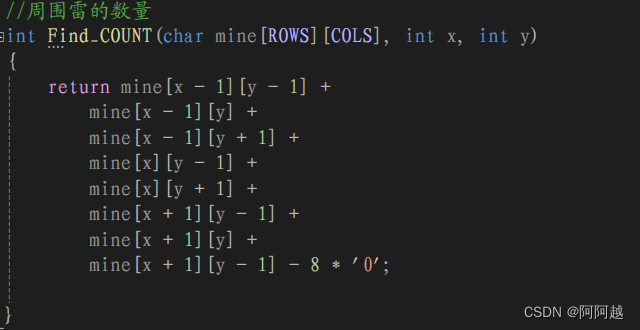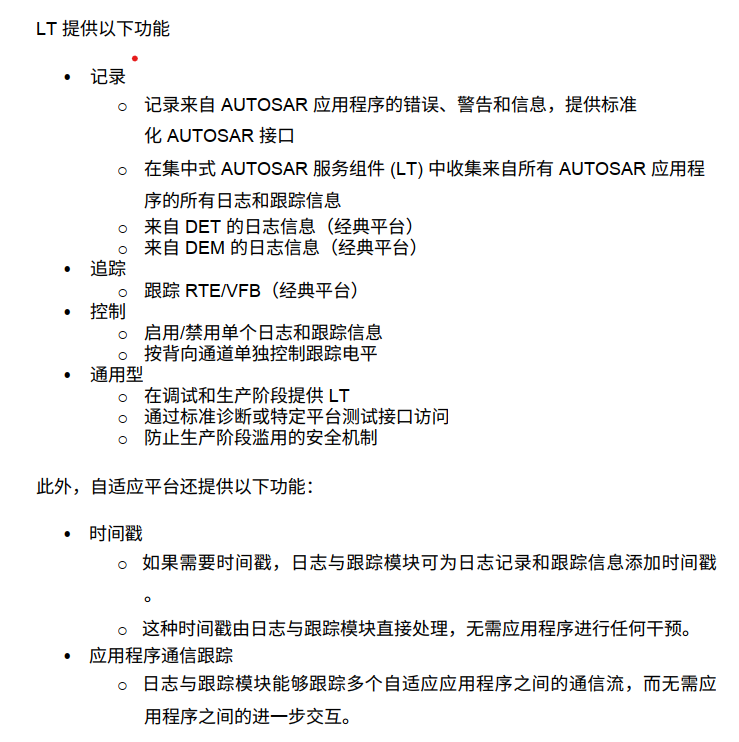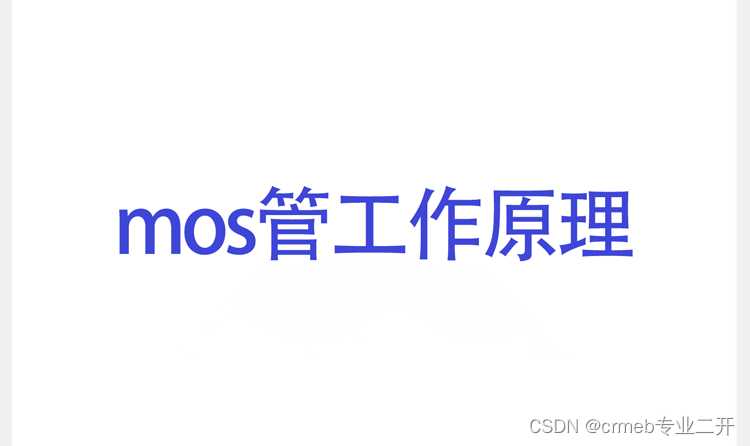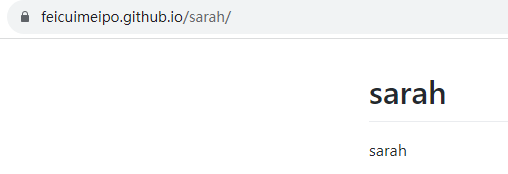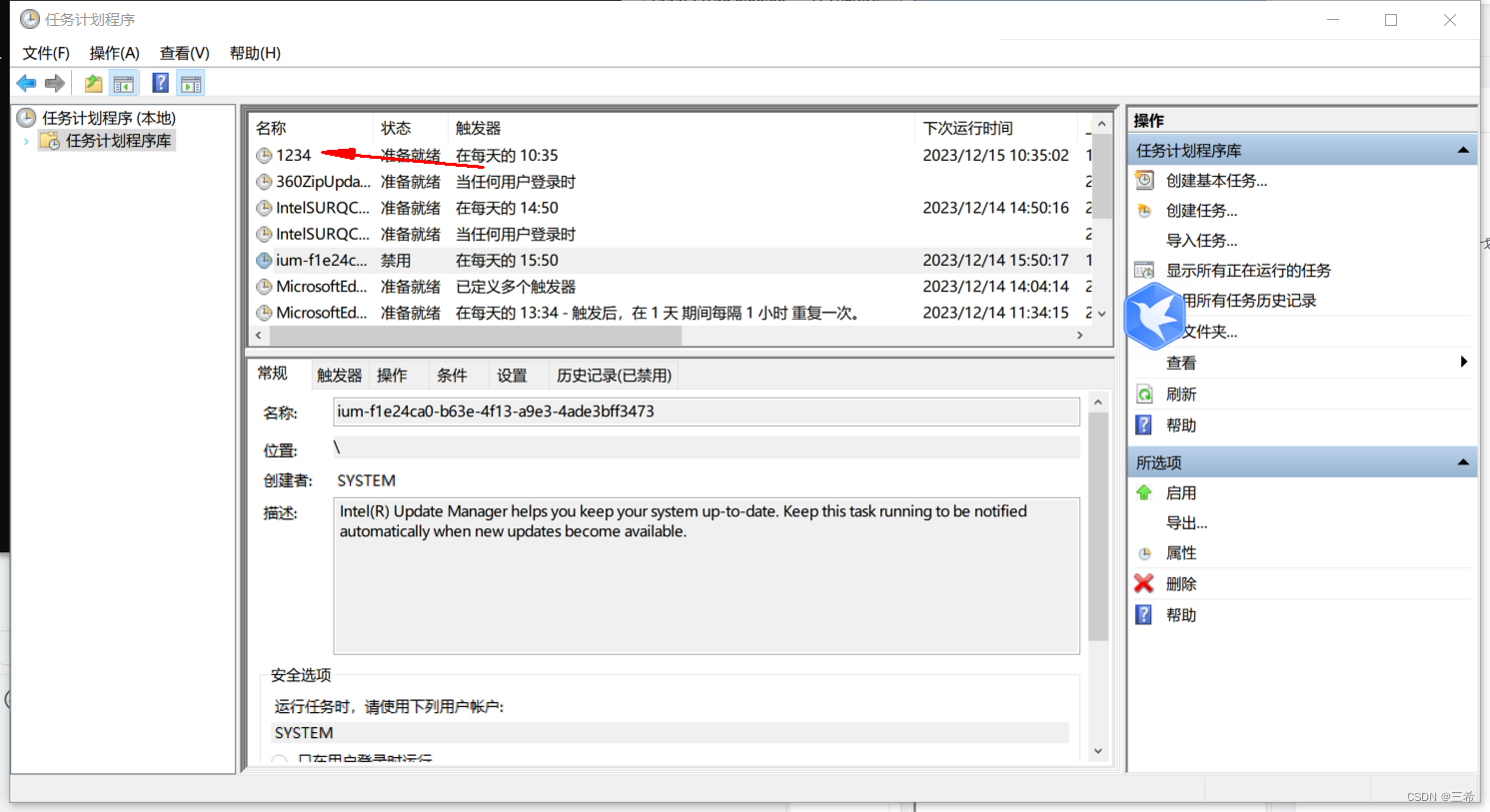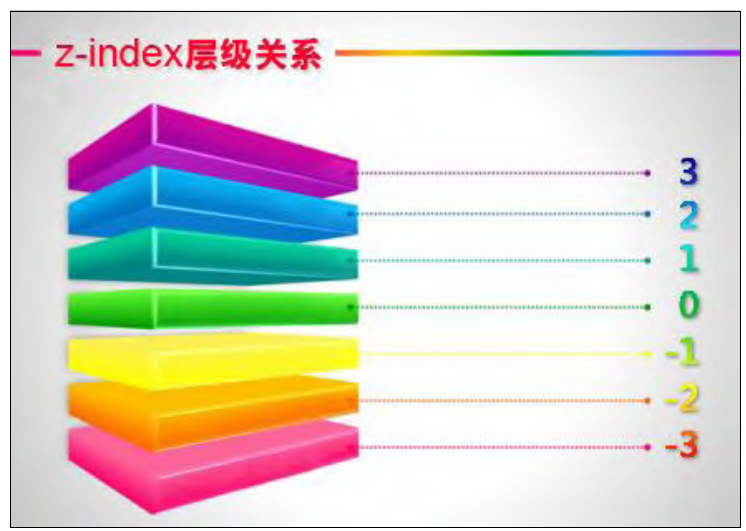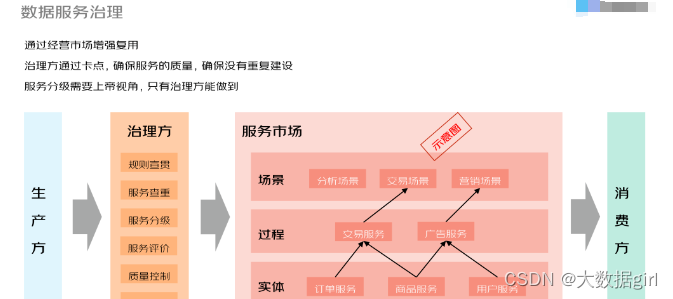类之间的关系
类之间的三种关系:
- 包含关系:class B{ private: A a;}
- 使用关系:class B{public: void method(A &a);}
- 继承关系:class B: public A{}
继承
继承允许我们依据另一个类来定义一个类,这使得创建和维护一个应用程序变得更容易。这样做,也达到了重用代码功能和提高执行效率的效果。
当创建一个类时,不需要重新编写新的数据成员和成员函数,只需指定新建的类继承了一个已有的类的成员即可。这个已有的类称为基类,新建的类称为派生类。
继承代表了 is a 关系。例如,哺乳动物是动物,狗是哺乳动物,因此,狗是动物,等等。
// 基类
class Animal {
// eat() 函数
// sleep() 函数
};
//派生类
class Dog : public Animal {
// bark() 函数
};
基类 & 派生类
假设有一个基类 Shape,Rectangle 是它的派生类,如下所示:
#include <iostream>
using namespace std;
// 基类
class Shape
{
public:
void setWidth(int w)
{
width = w;
}
void setHeight(int h)
{
height = h;
}
protected:
int width;
int height;
};
// 派生类
class Rectangle: public Shape
{
public:
int getArea()
{
return (width * height);
}
};
int main(void)
{
Rectangle Rect;
Rect.setWidth(5);
Rect.setHeight(7);
// 输出对象的面积
cout << "Total area: " << Rect.getArea() << endl;
return 0;
}
访问控制和继承
派生类可以访问基类中所有的非私有成员。因此基类成员如果不想被派生类的成员函数访问,则应在基类中声明为 private。
我们可以根据访问权限总结出不同的访问类型,如下所示:

继承类型
- 公有继承(public):当一个类派生自公有基类时,基类的公有成员也是派生类的公有成员,基类的保护成员也是派生类的保护成员,基类的私有成员不能直接被派生类访问,但是可以通过调用基类的公有和保护成员来访问。
- 保护继承(protected): 当一个类派生自保护基类时,基类的公有和保护成员将成为派生类的保护成员。
- 私有继承(private):当一个类派生自私有基类时,基类的公有和保护成员将成为派生类的私有成员。
多继承
class <派生类名>:<继承方式1><基类名1>,<继承方式2><基类名2>,…
{
<派生类类体>
};
#include <iostream>
using namespace std;
// 基类 Shape
class Shape
{
public:
void setWidth(int w)
{
width = w;
}
void setHeight(int h)
{
height = h;
}
protected:
int width;
int height;
};
// 基类 PaintCost
class PaintCost
{
public:
int getCost(int area)
{
return area * 70;
}
};
// 派生类
class Rectangle: public Shape, public PaintCost
{
public:
int getArea()
{
return (width * height);
}
};
int main(void)
{
Rectangle Rect;
int area;
Rect.setWidth(5);
Rect.setHeight(7);
area = Rect.getArea();
// 输出对象的面积
cout << "Total area: " << Rect.getArea() << endl;
// 输出总花费
cout << "Total paint cost: $" << Rect.getCost(area) << endl;
return 0;
}
